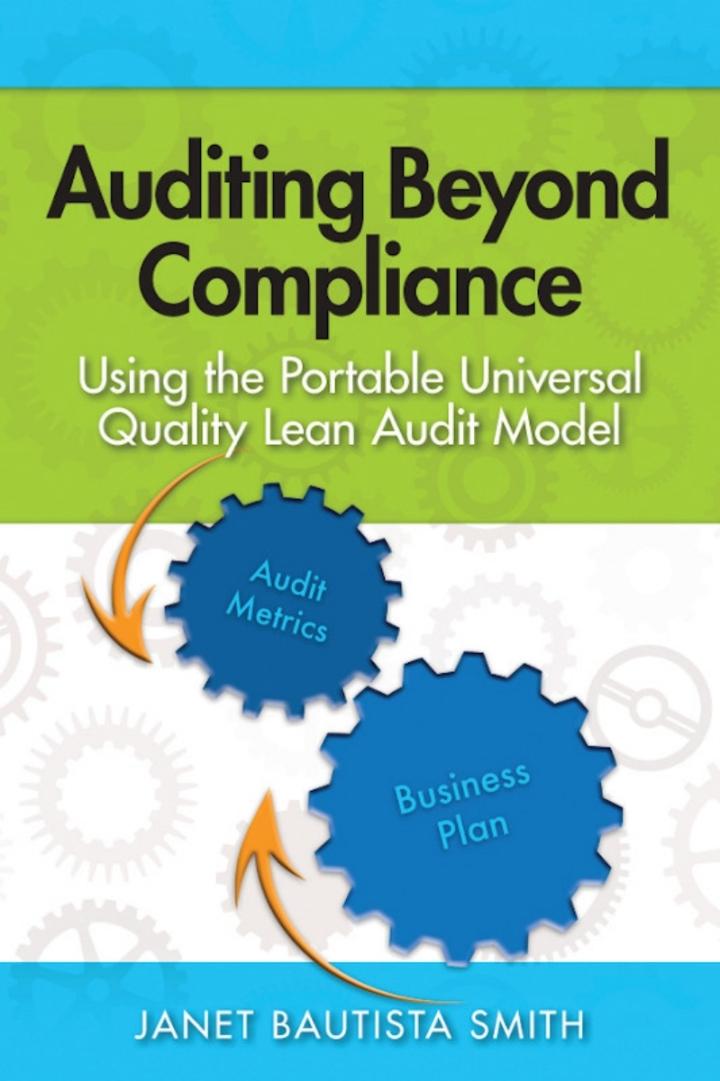Answered step by step
Verified Expert Solution
Question
1 Approved Answer
Crane Inc., a publicly accountable enterprise that reports in accordance with IFRS, issued convertible bonds for the first time on January 1 , 2 0
Crane Inc., a publicly accountable enterprise that reports in accordance with IFRS, issued convertible bonds for the first time on January The $ million of sixyear, payable annually on December starting December convertible bonds were issued at The bonds would have been issued at without a conversion feature, and yielding a higher rate of return. The bonds are convertible at the investors option.
The companys bookkeeper recorded the bonds at and, based on the $ bond carrying value, recorded interest expense using the effective interest method for He prepared the following amortization table, beleiving that the yield was :
Cash Interest Effective Interest Premium Carrying Amount
Date Amortization of Bonds
Jan. $
Dec. $ $ $
You were hired as an accountant to replace the bookkeeper in November It is now December the companys year end, and the CEO is concerned that the companys debt covenant may be breached. The debt covenant requires Crane to maintain a maximum debt to equity ratio of Based on the current financial statements, the debttoequity ratio would be The CEO recalls hearing that convertible bonds should be reported by separating out the liability and equity components, yet he does not see any equity amounts related to the bonds on the current financial statements. He has asked you to look into the bond transactions recorded and make any necessary adjustments. He would also like you to explain how any adjustments that you make affect the debt to equity ratio.
Determine the amount that should have been reported in the equity section of the statement of financial position at January for the conversion right, considering that the company must comply with IFRS.
Prepare the journal entry that should have been recorded on January
Using a financial calculator or computer spreadsheet functions, calculate the effective rate yield rate for the bonds.
Prepare a bond amortization schedule from January to December using the effective interest method and the corrected value for the bonds. Round answers to decimal places, eg
Prepare the journal entry dated January to correct the bookkeepers recording errors in Ignore income tax effects.
Prepare the journal entry at December for the interest payment on the bonds.
Step by Step Solution
There are 3 Steps involved in it
Step: 1

Get Instant Access to Expert-Tailored Solutions
See step-by-step solutions with expert insights and AI powered tools for academic success
Step: 2

Step: 3

Ace Your Homework with AI
Get the answers you need in no time with our AI-driven, step-by-step assistance
Get Started


